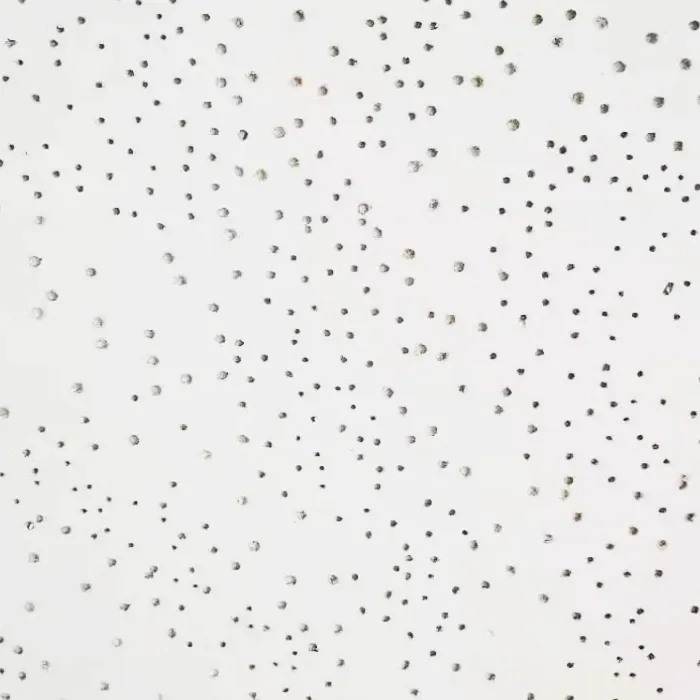Nov . 15, 2024 07:37 Back to list
suspended drywall ceiling grid
Understanding Suspended Drywall Ceiling Grid Systems
Suspended drywall ceiling grids are an essential component in modern construction, particularly in commercial and residential spaces, due to their versatility and aesthetic appeal. A suspended ceiling, also known as a dropped ceiling, involves a secondary ceiling that is hung below the main structural ceiling. This design not only enhances the interior's appearance but also addresses several practical concerns, including acoustics, insulation, and access to utilities.
What is a Suspended Ceiling Grid?
The suspended ceiling grid system consists of a framework of metal channels and bars that support ceiling panels, typically made of drywall. The grid is suspended from the main ceiling by wires or hooks, allowing for a space between the original ceiling and the new drywall installation. This space can accommodate plumbing, electrical wires, and HVAC ducts, making the ceiling a versatile area for various utilities while maintaining a clean and professional look.
Benefits of Using a Suspended Ceiling Grid
1. Aesthetic Flexibility Suspended ceiling grids provide architects and interior designers with the ability to create varied and dynamic ceiling designs. Clients can choose from an array of textures, colors, and panel types, allowing for creative expression in commercial and residential spaces.
2. Acoustic Performance Sound control is a significant factor in many settings, particularly in offices, conference rooms, and schools. Suspended ceilings reduce noise by absorbing sound and minimizing echoes, thanks to the sound-dampening properties of the materials used.
suspended drywall ceiling grid

3. Easy Access to Utilities The space created by suspended ceilings allows for easy access to electrical, plumbing, and HVAC systems. This feature is especially beneficial for maintenance and repairs, providing straightforward access without significant disruption to the space.
4. Enhanced Insulation In some installations, additional insulation can be added above the suspended ceiling, improving energy efficiency. This insulation helps regulate temperatures, contributing to lower energy bills and increased comfort for building occupants.
5. Concealing Imperfections For older buildings or those with imperfections in the original ceiling, a suspended ceiling grid can effectively mask these flaws. By lowering the ceiling height slightly, it creates a smooth, even surface that enhances the room’s overall appearance.
Installation Considerations
While the benefits of suspended drywall ceiling grids are numerous, the installation process requires careful planning. It is crucial to consider the height of the original ceiling, the type of materials used, and the desired acoustic properties. The grid must be installed level to ensure that the panels fit correctly and maintain a professional look.
In conclusion, suspended drywall ceiling grids are a practical and aesthetic solution for modern construction needs. They provide numerous advantages, from improving acoustics and energy efficiency to creating visually appealing spaces. As trends in interior design continue to evolve, suspended ceilings will undoubtedly remain a popular choice for architects and homeowners alike, paving the way for innovative designs and functional living environments.
-
Durable Ceiling T Grid Systems | Easy InstallationNewsAug.29,2025
-
PVC Gypsum Ceiling: Durable, Laminated Tiles for Modern SpacesNewsAug.28,2025
-
Pvc Gypsum Ceiling Is DurableNewsAug.21,2025
-
Mineral Fiber Board Is DurableNewsAug.21,2025
-
Ceiling Tile Clip Reusable DesignNewsAug.21,2025
-
Ceiling T Grid Modular DesignNewsAug.21,2025







